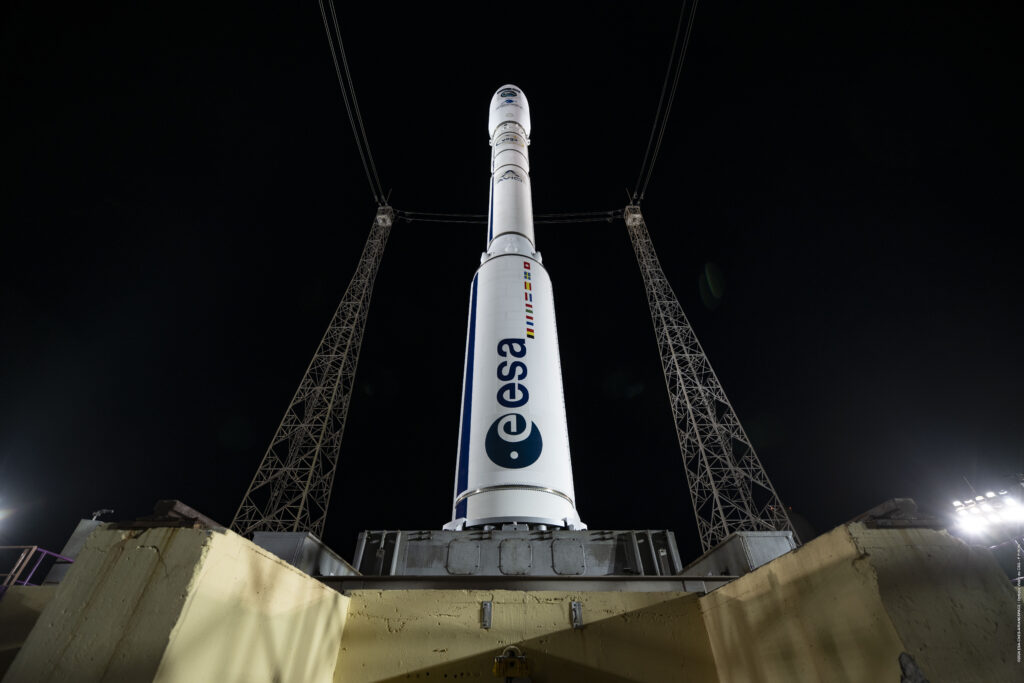
Marking the end of an era, the original Vega rocket made its final flight on September 4th. Avio’s Vega has been launching for over a decade and although the new Vega C had its difficulties, these have since been rectified. The rocket has launched some significant payloads over its lifetime, Sentinel-2C launched this week but other Sentinel payloads have rocketed to Space via Vega along with PRISMA, Pléiades-Neo spacecraft and others.
The Vega launch vehicle has its roots in the Scout rocket launched by the United States from San Marco, the Italian equatorial launch platform off the Kenyan coast, between 1960 and 1994. Italian contractor BPD (which became SNIA SpA and is now defunct) was awarded a EUR120 billion contract in 1991 to develop an upgraded version of the Scout. By 1998, the program had transitioned into the Vega program. While the European Space Agency questioned the business case for the launch vehicle, considering the large number of Russian lightweight launch vehicles on the market at the time, the space agency ultimately joined the program in July 2000.
Since 2012, Vega has launched 22 times (two failures). The new Vega C launched twice before a failure that resulted in the loss of the Pléiades-Neo 5&6 satellites. The second Vega C flight failed as a result of an anomaly with the Zefiro 40 second-stage rocket motor. Investigation revealed that the rocket motor nozzle needed to be redesigned. Avio successfully tested the new nozzle design in May 2024 and the return to flight for Vega C will occur later this year.
As the situation currently stands Arianespace markets Vega but this will change in 2025. Avio will then market the rocket themselves. This will take place with the VV29 mission in late 2025.
Vega is not the most prolific rocket and it has had its issues but it does occupy a niche in terms of launches from Kourou, French Guiana. The launch vehicle is a lighter rocket in terms of payload capacity and compliments Ariane 6, especially since Soyuz is no longer utilized from the launch facility.
Carter Palmer has long held a keen interest in military matters and aviation. As a FI's space systems analyst he is responsible for updating the reports and analyses within the Space Systems Forecast – Launch Vehicles & Manned Platforms and Space Systems Forecast – Satellites & Spacecraft products.




